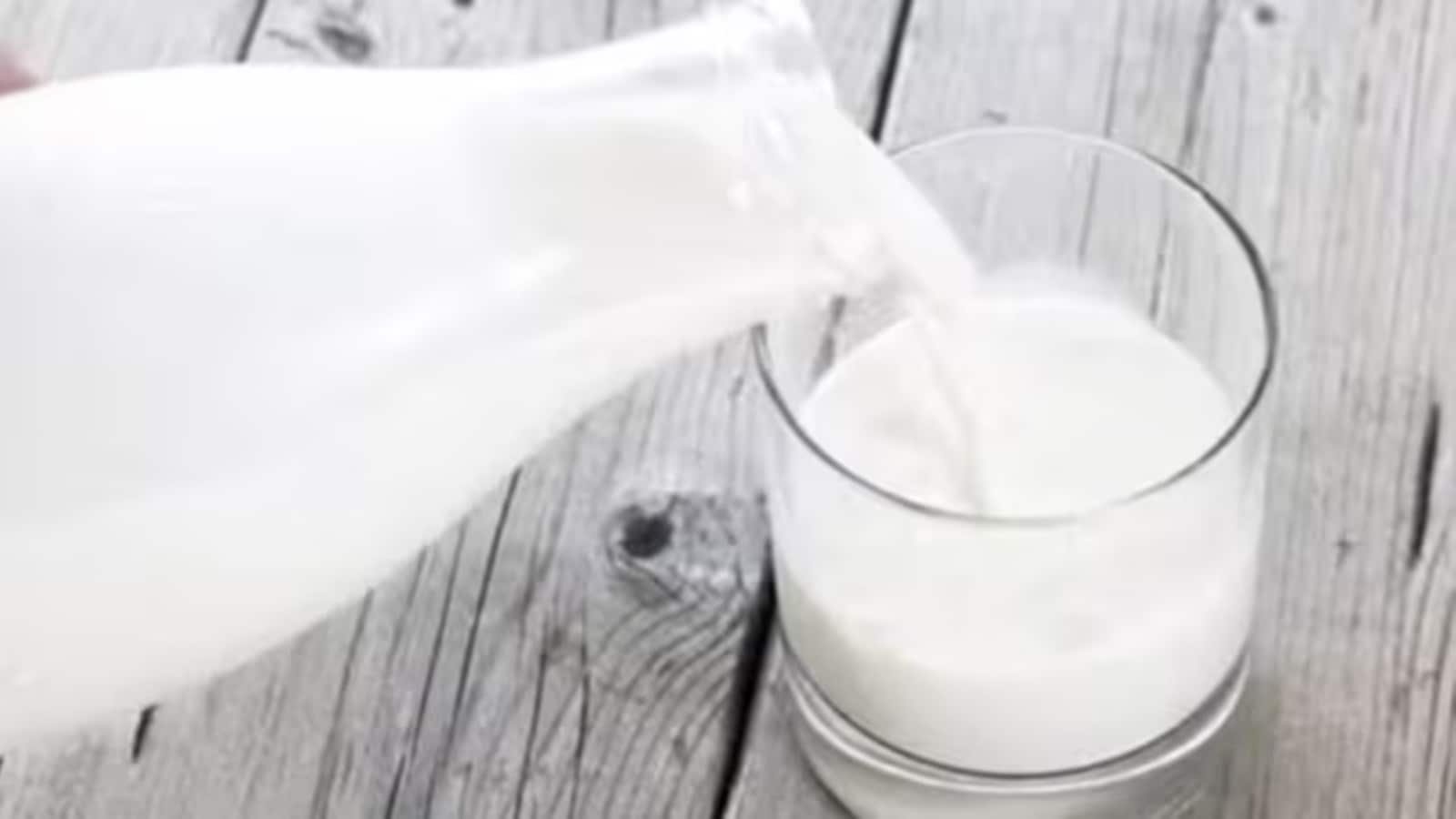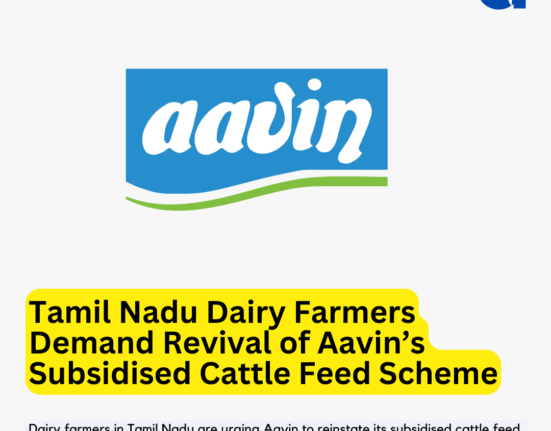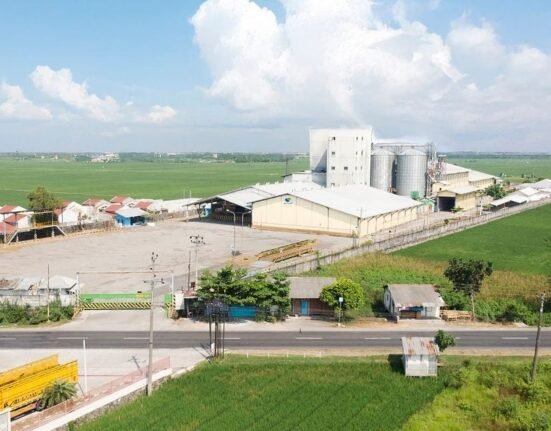In their recent column published on February 17 in the Indian Express, Ashok Gulati and Raya Das posed an intriguing question: “Can Vilas Shinde be the ‘Verghese Kurien of India’s F&V sector?’” They argue that the Sahyadri Farmer Producer Company has “cracked the code” for transforming horticulture, much like Amul revolutionized India’s dairy sector. While Sahyadri’s achievements under Vilas Shinde’s leadership are commendable, and the authors’ insights are valuable, the comparison between the fruit and vegetable (F&V) sector and the dairy industry is fundamentally flawed. The so-called “code” remains uncracked because the two industries operate under vastly different dynamics.
Professor Gulati has long advocated applying the dairy co-operative model to horticulture, even coining the acronym “TOP”—tomato, onion, and potato—to emphasize their potential for structured supply chain interventions akin to milk. This idea gained government backing in 2018 with a Rs 500 crore allocation for Operation Green, which aimed to stabilize F&V prices just as Operation Flood did for dairy. However, little progress has been made since then, primarily due to fundamental differences between the two sectors.
Why the Dairy Model Doesn’t Fit Horticulture
The success of Operation Flood was driven by a crucial factor: the nature of milk as a commodity and the technological advancements enabling its processing. Both milk and vegetables experience seasonal fluctuations, leading to price volatility. However, the dairy sector has successfully mitigated this challenge through processing. Surplus milk produced during the flush season is converted into milk powder and butterfat, which can be stored and later recombined to maintain year-round supply. This ensures stable prices for both producers and consumers, creating a sustainable economic model that incentivizes dairy farmers.
In contrast, the F&V sector lacks a similar processing advantage. Unlike milk, where skimmed milk powder can be reconstituted into liquid milk, dehydrated onion flakes cannot be turned back into fresh onions, nor can tomato puree replace fresh tomatoes. Indian consumers overwhelmingly prefer fresh vegetables over processed alternatives, which severely limits the effectiveness of price stabilization through processing. This fundamental reality has been overlooked by proponents of the dairy model for horticulture, including the government when it launched Operation Green.
Lessons from Past Failures
The assumption that the Amul model is universally applicable has already been tested—and failed—in other sectors. The National Dairy Development Board (NDDB) attempted to replicate the Anand model in the oilseeds industry, but the results were underwhelming. The only non-dairy product where a similar approach has seen some success is frozen peas, where minimal processing aligns with consumer preferences.
Globally, the F&V processing industry primarily utilizes off-grade produce. In India, however, due to the diversity in purchasing power, very little produce is considered off-grade. This makes large-scale processing even less viable as a solution to price volatility.
The Reality of Sahyadri’s Model
While Sahyadri has made commendable strides in processing tomatoes, its core business still revolves around fresh produce trading. Notably, around 30% of its Rs 1,550 crore annual revenue comes from grape exports. This model closely resembles that of Mahagrape, an organization of Maharashtra’s grape growers that capitalized on an export opportunity to Europe in the late 1980s. Over time, Indian grapes have gained prominence in European markets due to adherence to good agricultural practices. However, with Europe’s economic and demographic stagnation, this market has now plateaued.
The Path Forward
Given these challenges, the notion that Sahyadri can play the role of Amul in the F&V sector remains doubtful. While the company has made notable progress, the broader issues in horticulture—including perishability, consumer preference for fresh produce, and limited processing viability—prevent a direct replication of the dairy model.
Rather than forcing an ill-fitting comparison with dairy, policymakers and industry leaders must explore solutions tailored to the specific needs of horticulture. This includes investments in cold chain infrastructure, better market linkages, and innovative storage solutions to reduce post-harvest losses. A one-size-fits-all approach will not work—India’s F&V sector needs a strategy as unique as its challenges.
Adapted from Original article by Shreekant Sambrani Source link







